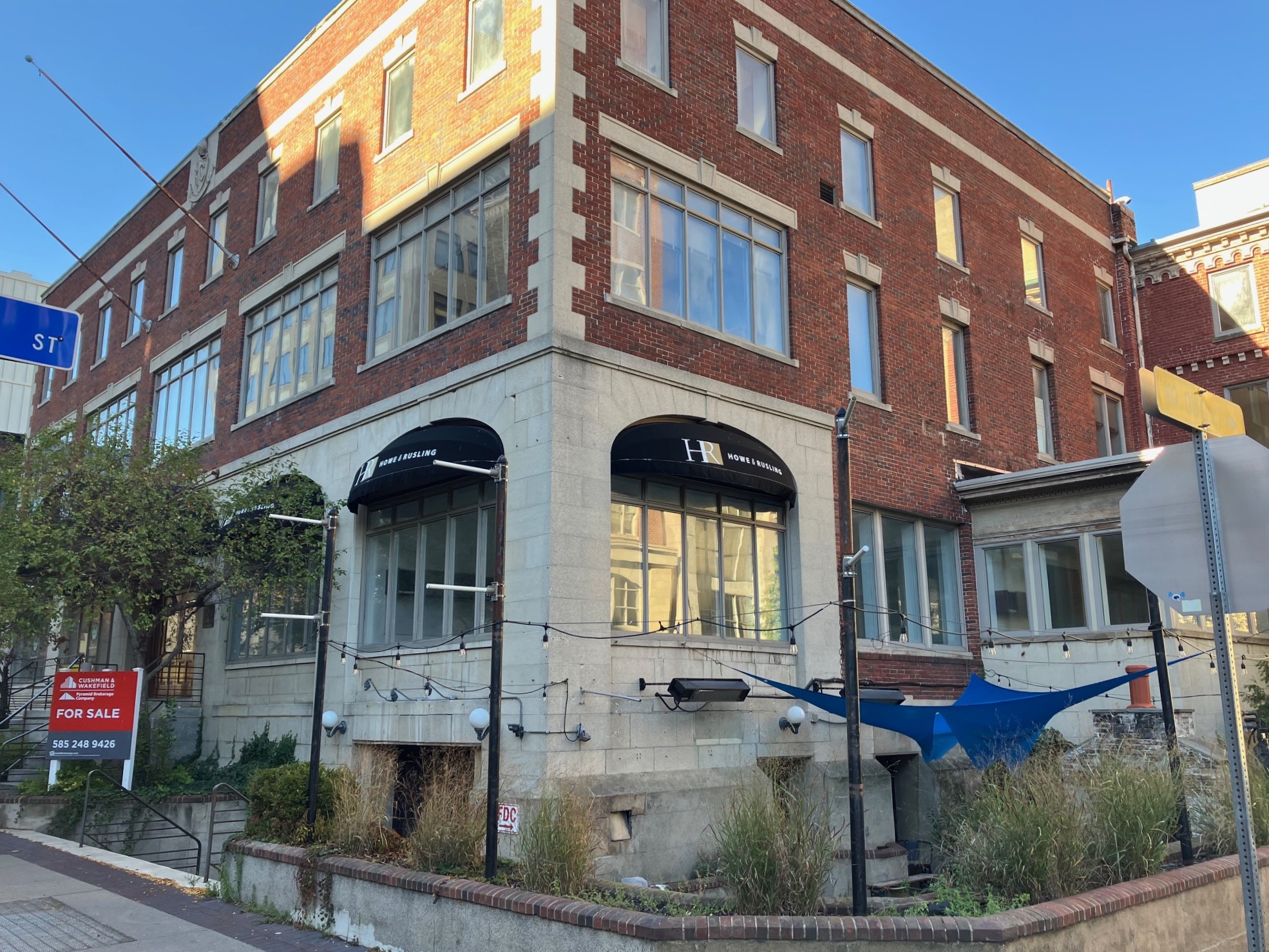
As 2025 draws to a close, Rochester-area developers are navigating a tight but resilient construction financing market, according to leaders from major local financial institutions. Despite rising interest rates, material costs driven by tariffs, and ongoing labor challenges, Rochester's construction sector continues to show strong demand in multifamily housing, industrial projects, and mixed-use developments, according to recent reporting from the Rochester Business Journal (November 4, 2025).
The Rochester construction financing landscape reflects a broader national trend, but with unique regional characteristics. While nationwide building permits declined 3.7% from July to August 2025—the lowest rate since May 2020—Rochester has maintained relatively stronger activity in several key sectors.
Interest rate uncertainty continues to complicate planning and budgeting. According to Jon Fogle, Manager of Commercial Banking at ESL Federal Credit Union, one of the region's largest construction lenders, the most significant challenge is managing uncertainty around rate expectations.
"The changes in interest rates and expectations of rates declining have made timing, planning, and budgeting more complex for developers," Fogle explained in recent comments. This challenge directly impacts project feasibility and overall timelines, particularly for developers working with tighter margins.
Rising labor and material costs are putting pressure on project economics. Fogle noted that tariff-driven increases in material costs, combined with persistent labor shortages, continue to stress project budgets. Finding adequate skilled labor remains a critical bottleneck across Rochester's construction market, consistent with national trends showing a shortage of more than 500,000 construction workers nationwide.
Site availability and infrastructure challenges are delaying projects. According to Fogle, competition for prime development locations across the Greater Rochester area has intensified, with developers facing extended timelines while navigating zoning, permitting, regulatory processes, and public utility connections. Additionally, upcoming state electrification requirements for new buildings are expected to add stress to Rochester's aging electrical grid infrastructure.
Despite headwinds, several sectors demonstrate genuine strength. Multifamily and industrial projects continue to show strong demand, with new development opportunities emerging throughout the Greater Rochester area. Charles J. Vita, Executive Vice President and Chief Lending Officer at Canandaigua National Bank, highlighted that local multifamily vacancy rates remain healthy, supporting continued development interest.
"In our region, we are seeing a fair amount of construction deals, especially in multifamily housing, where the vacancy rate remains really strong," Vita noted in recent comments. Beyond multifamily, demand for warehousing, flex space, and mixed-use development remains robust, with some stabilization also appearing in the office sector.
Hospitality construction is showing positive momentum. According to Fogle, the hospitality sector represents another bright spot in Rochester's construction market, with renewed interest in hotel and lodging facility development.
Rochester developers entering 2026 demonstrate significantly higher levels of preparedness than in previous years. Developers are employing more proactive planning, scenario modeling, and financial forecasting to mitigate risk. This includes maintaining stronger cash reserves and working closely with financial partners to structure deals that reflect increased costs while still achieving adequate returns on investment.
"They are engaging in more proactive planning, scenario modeling, and financial forecasting to mitigate risk," Fogle explained. Developers with access to larger cash reserves are generally positioned to weather unexpected cost increases and complete projects as planned.
Financial institutions are emphasizing cash flow over loan-to-value ratios. Both developers and lenders are shifting their underwriting focus toward cash flow analysis rather than traditional loan-to-value metrics. This approach provides more realistic assessments of project viability in the current economic environment.
Martin Birmingham, President and CEO of Five Star Bank, noted that his institution has increased commercial real estate exposure year-over-year as developers moved forward with projects that had been paused in 2022 and 2023.
"As we go into 2026, I actually think that trend will continue," Birmingham said, though he acknowledged that sentiment is "definitely subject to how people are feeling and how the underlying economy plays out."
While uncertainty remains, sentiment is shifting notably from last year. According to Jon Fogle, developers' confidence is increasing as interest rates begin showing signs of stabilization. "Developers have adapted to the new economic environment and are working closely with their financial partners to structure deals that allow for adequate rates of return given the increased costs," he noted.
Rochester's financial institutions remain committed to construction lending. ESL Federal Credit Union, Canandaigua National Bank, and Five Star Bank all report maintaining strong underwriting practices and appetite for quality projects. These institutions emphasize their collaborative approach to identifying obstacles early and structuring financing that works in the current market conditions.
For Rochester developers and contractors, the message is clear: the market is tight but navigable. Success requires stronger advance planning, realistic cost projections, adequate capitalization, and close partnerships with lenders who understand local market dynamics. As interest rates stabilize and previously paused projects resume, 2026 could mark the beginning of accelerated activity in Rochester's construction market.
Contractors and construction professionals should prepare for continued cost pressures and labor challenges in 2026. Success will depend on maintaining strong client relationships with developers, ensuring accurate project budgeting, and investing in workforce development to address persistent labor shortages in skilled trades.
Sources: Rochester Business Journal, "Rochester developers adapt to tight financing market," Caurie Putnam, November 4, 2025. ESL Federal Credit Union, Canandaigua National Bank, and Five Star Bank leadership commentary on Rochester construction financing market conditions.
Syracuse Housing Authority finances Phase 2 of East Adams redevelopment. $100M+ project creates 125 senior affordable apartments on remediated brownfield. Vertical construction begins early 2026.
Governor Hochul awards $10M from East Side Building Fund to 35 Buffalo commercial and mixed-use projects. Funding supports facade renovations, adaptive reuse, and new mixed-use development across East Side priority corridors.
Rochester launches $60M convention center renovation. Downtown Joseph A. Floreano Riverside Convention Center undergoes comprehensive modernization including interior systems, lighting, HVAC, and equipment. Construction phases planned 2029-2033.